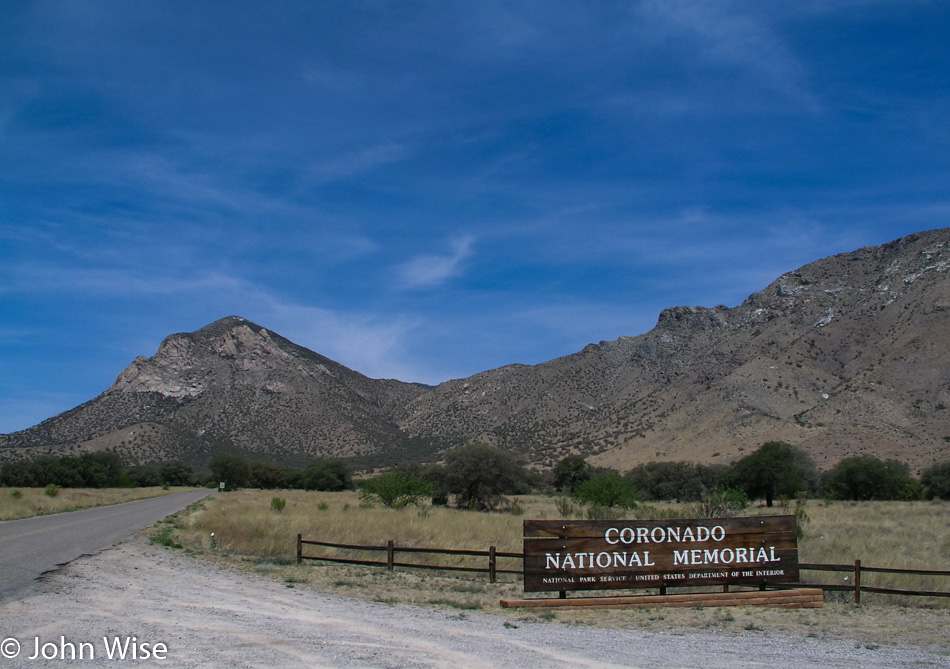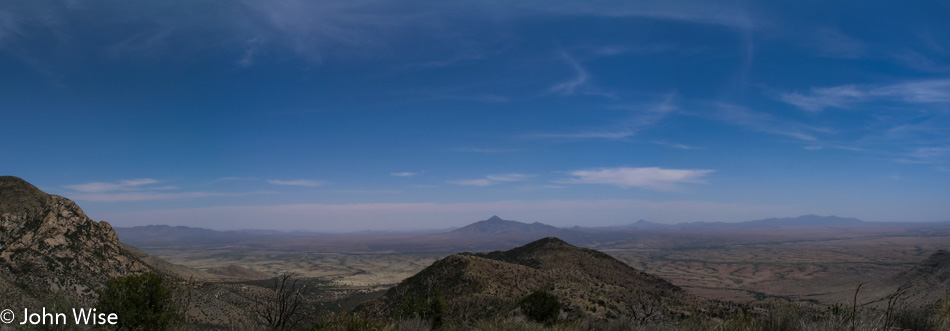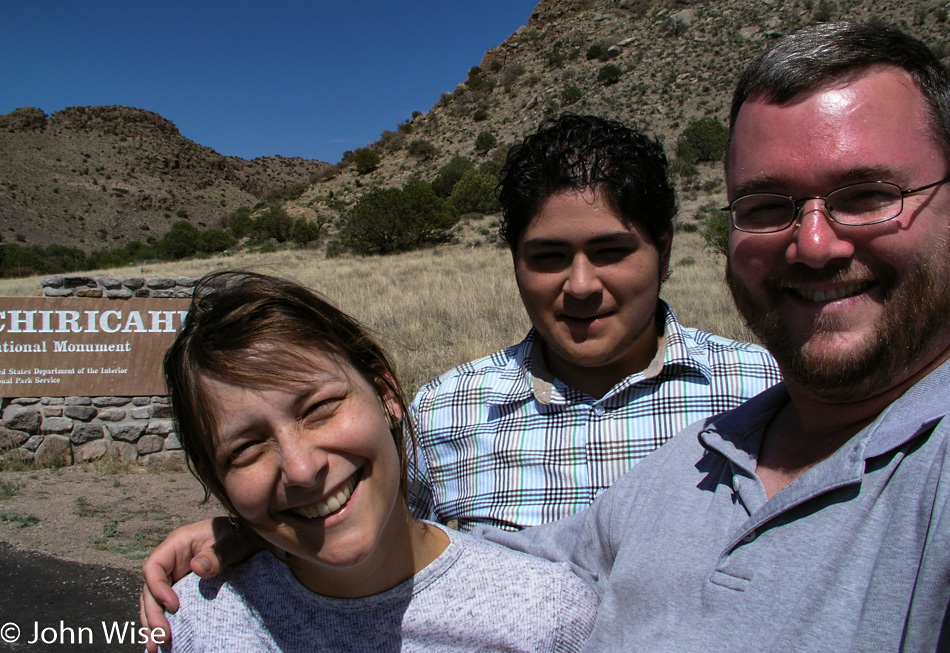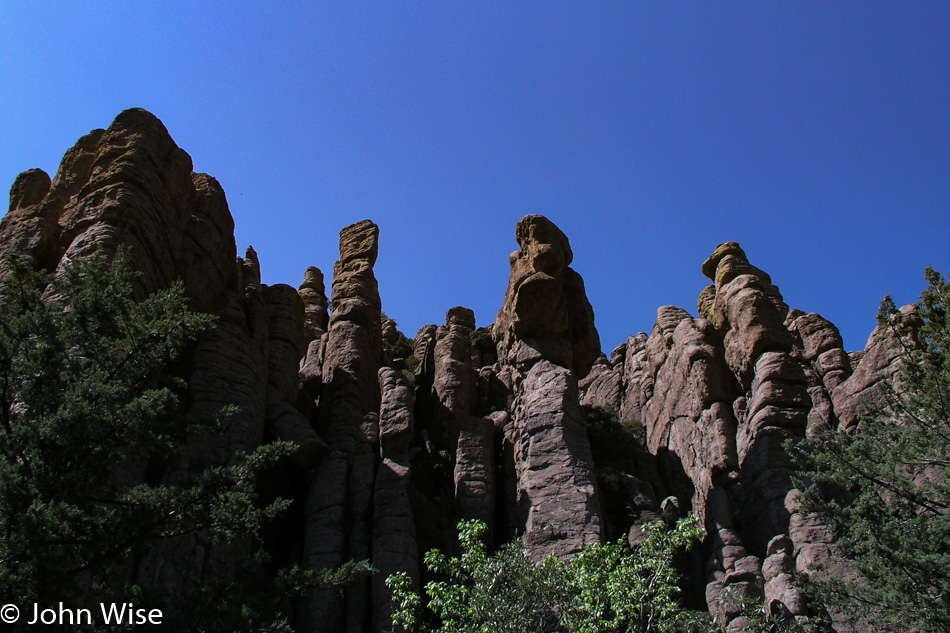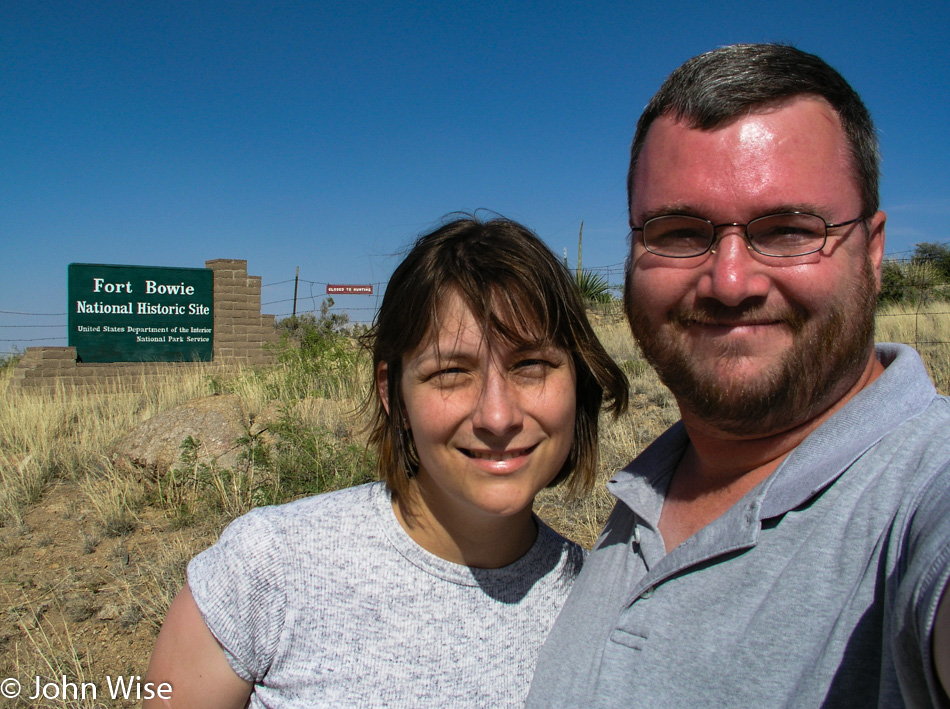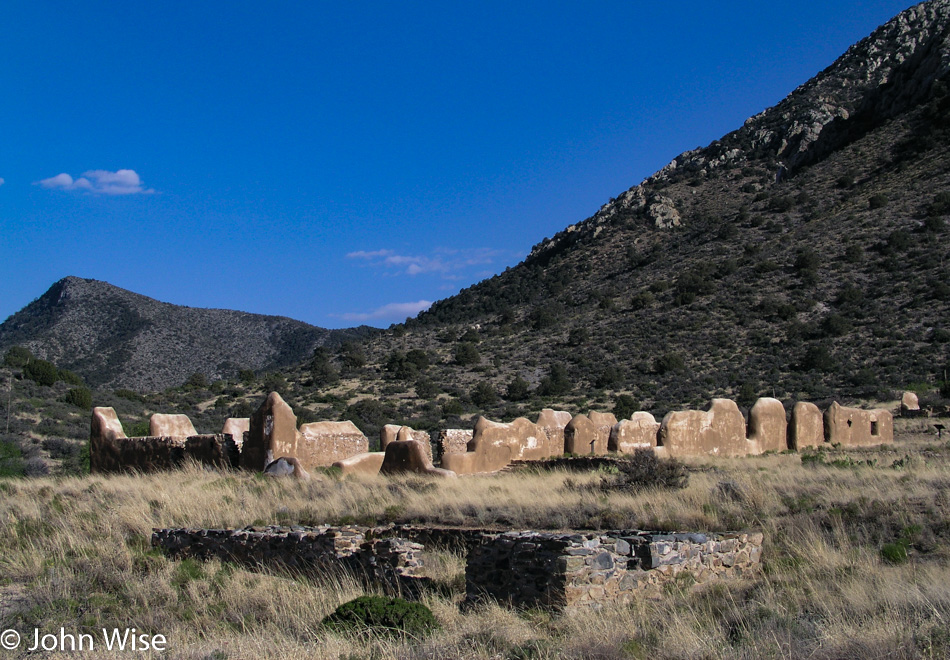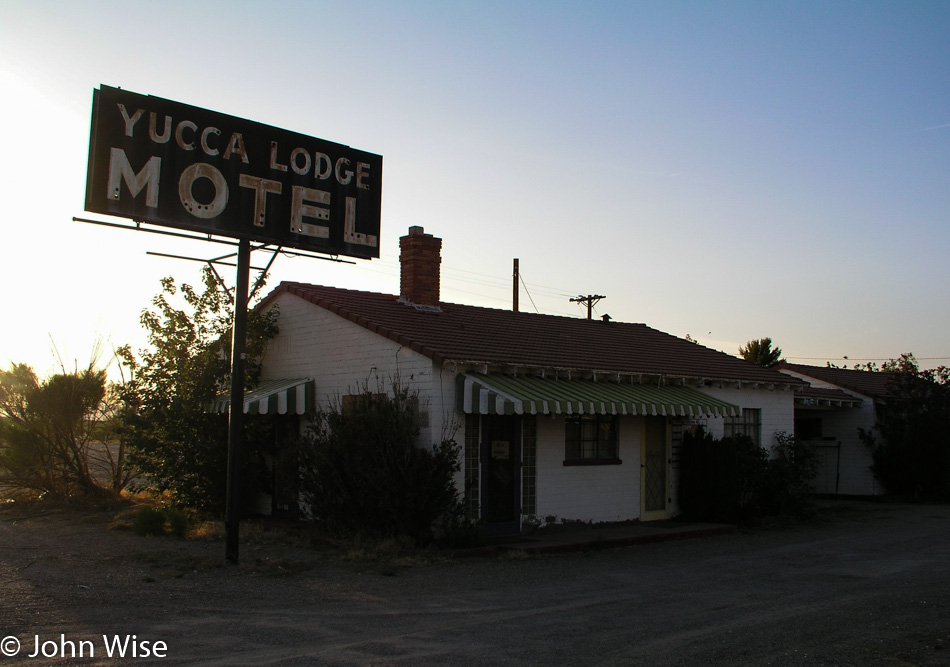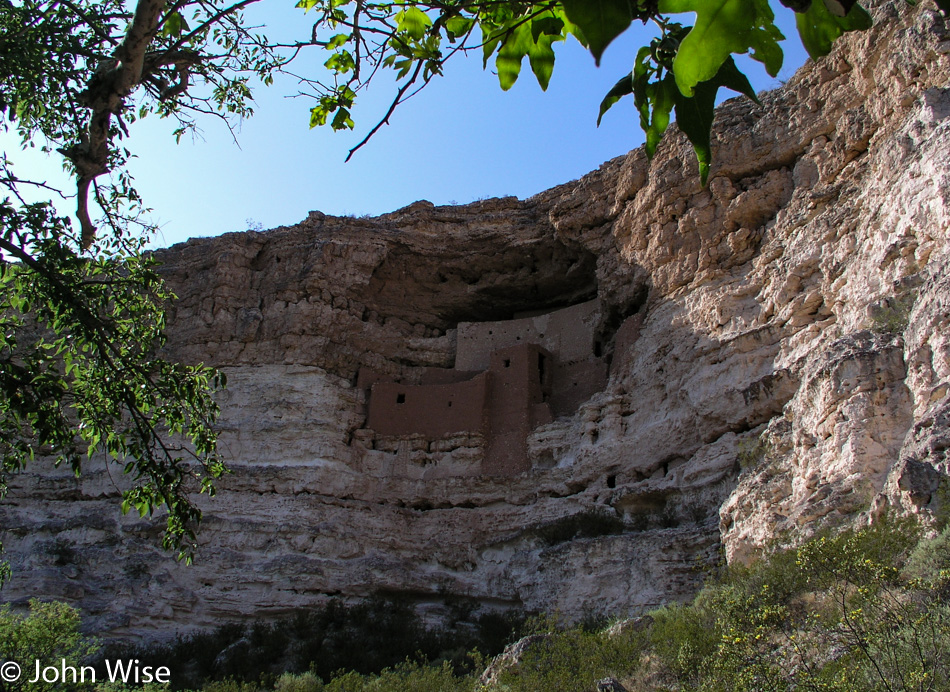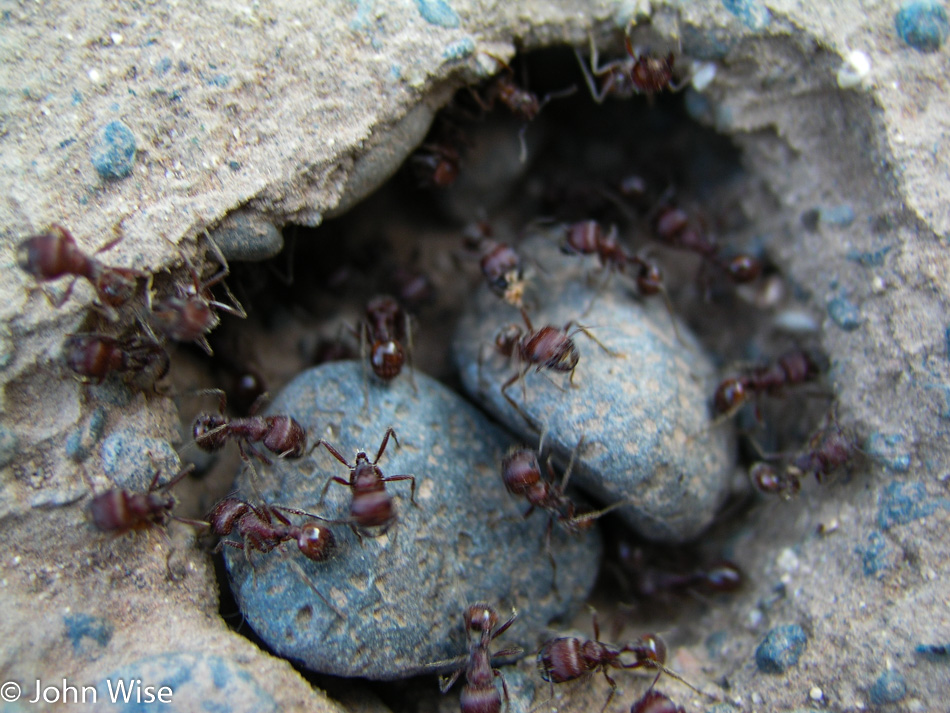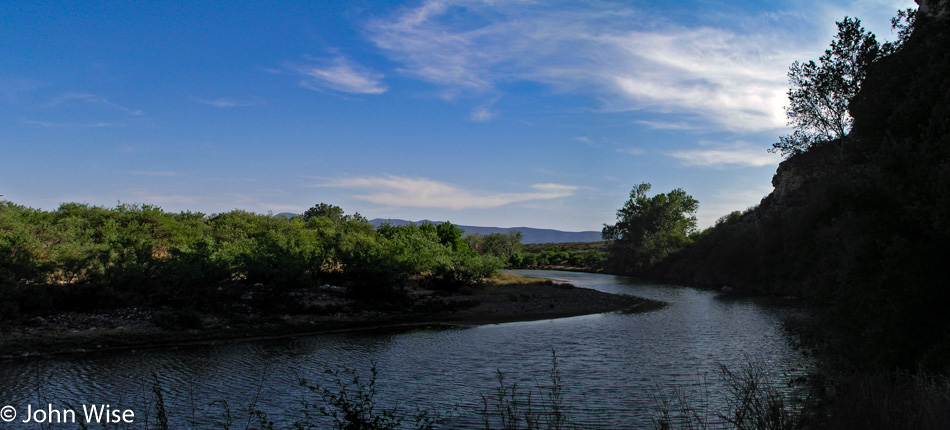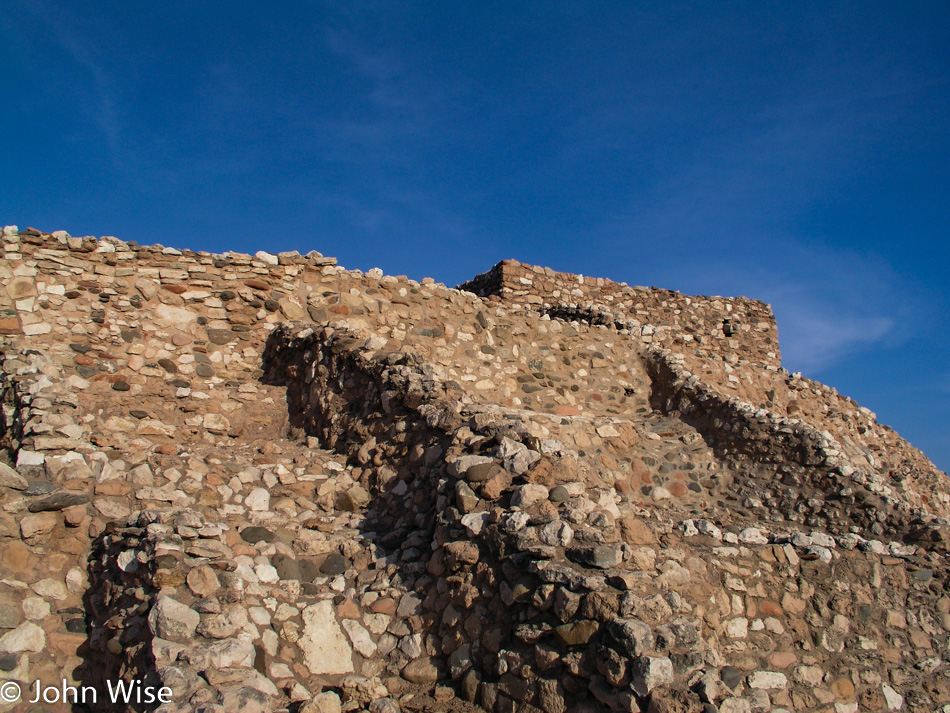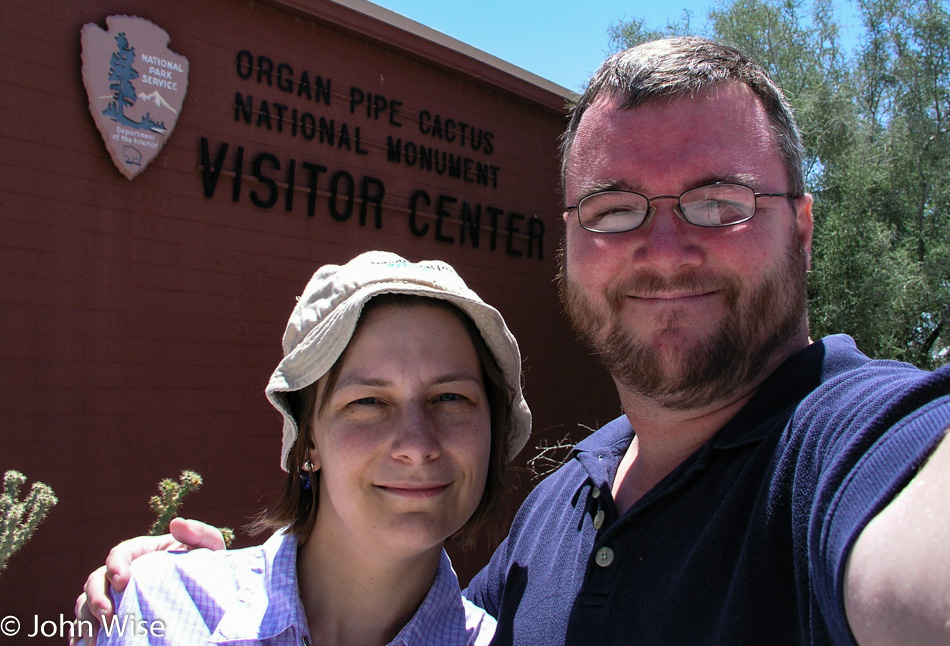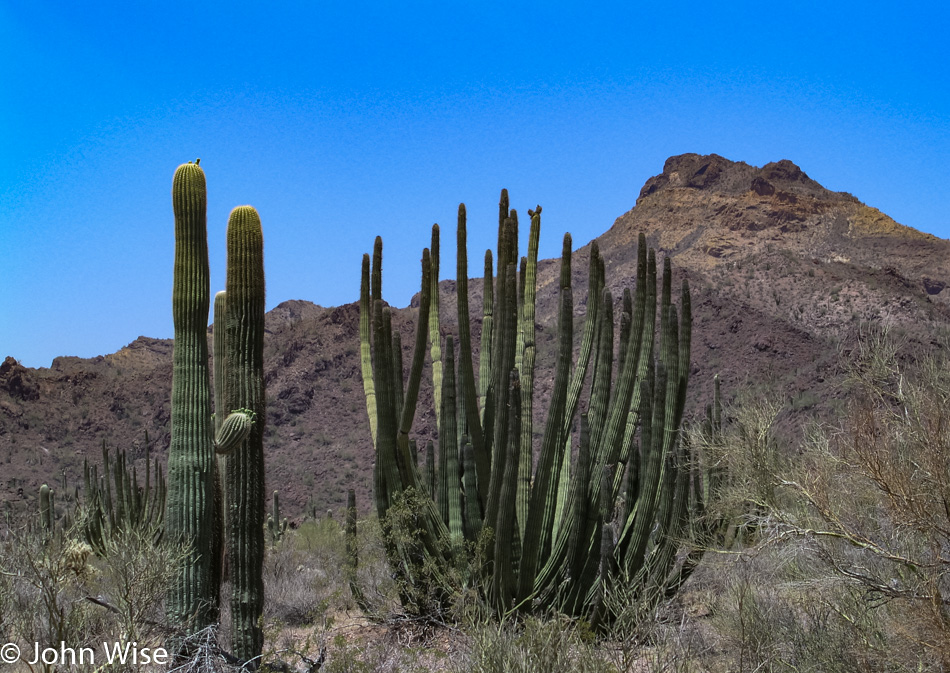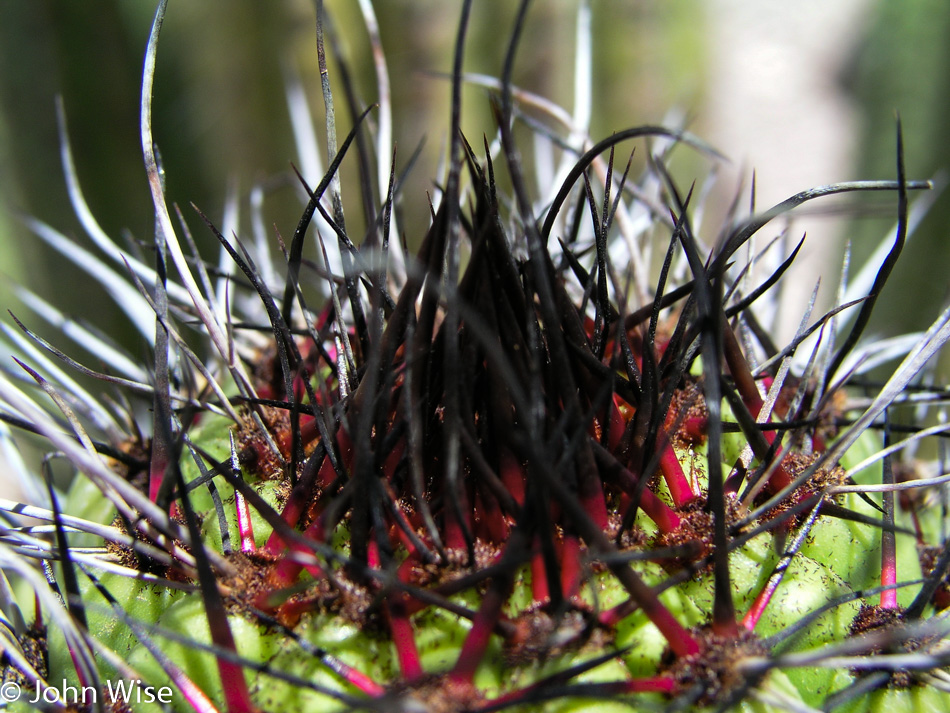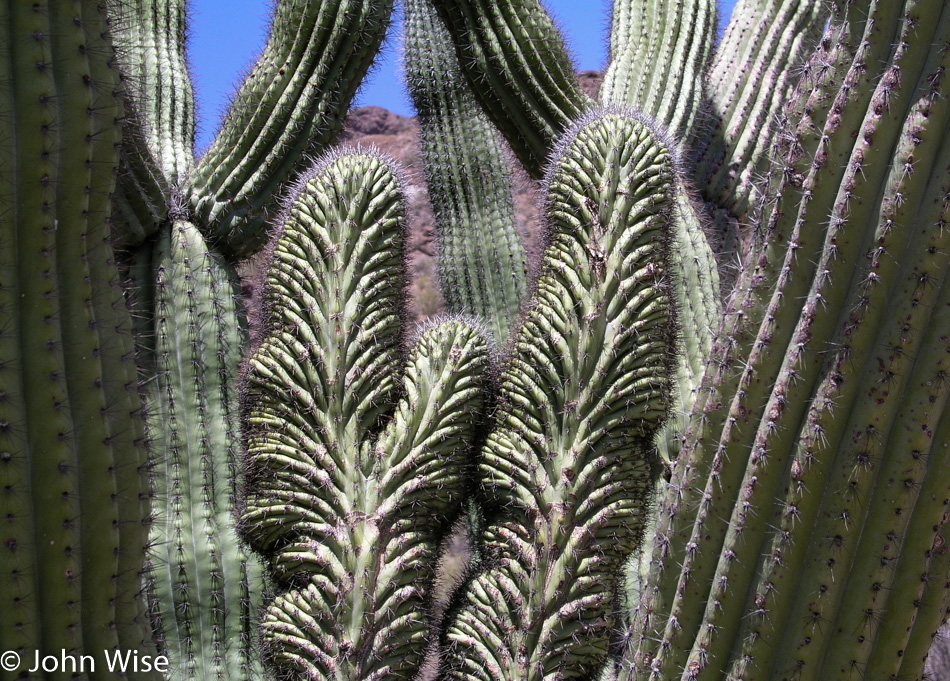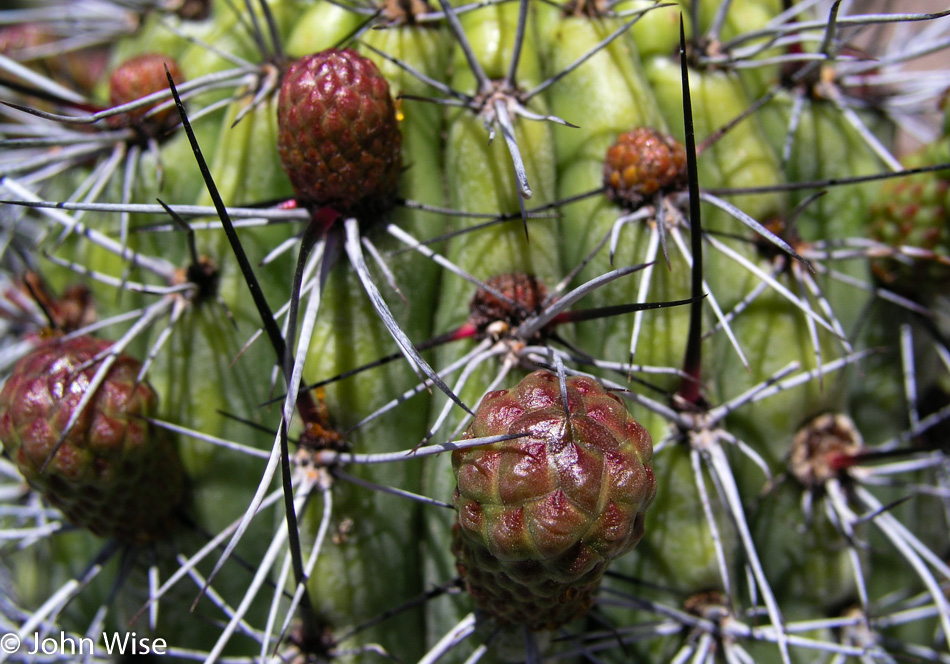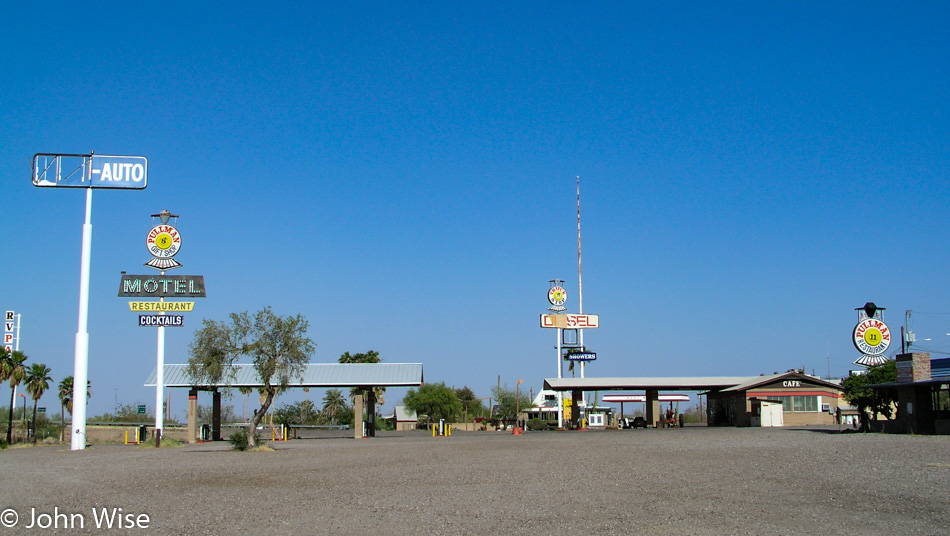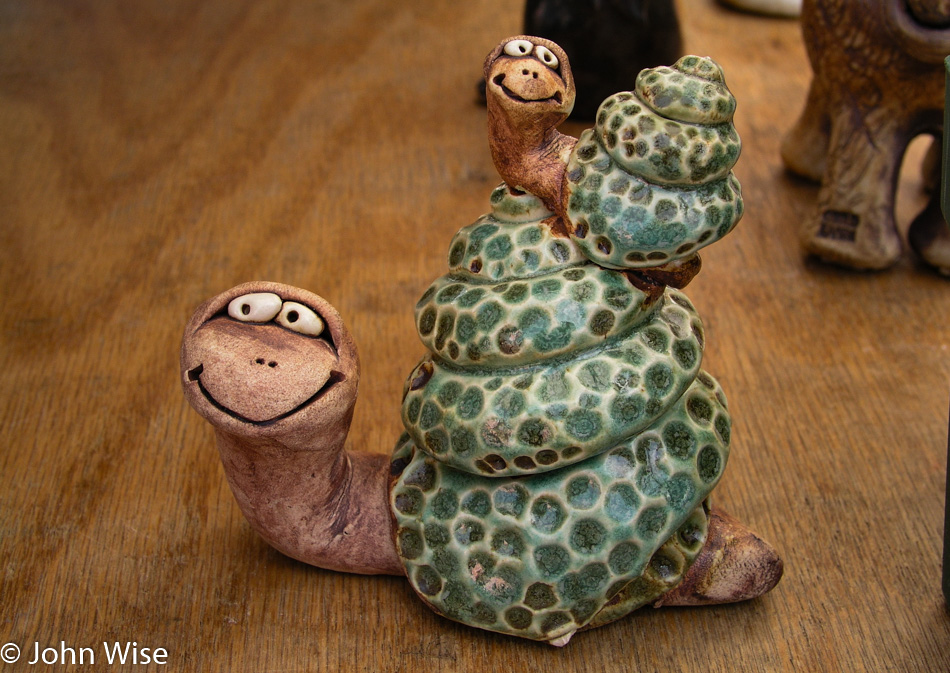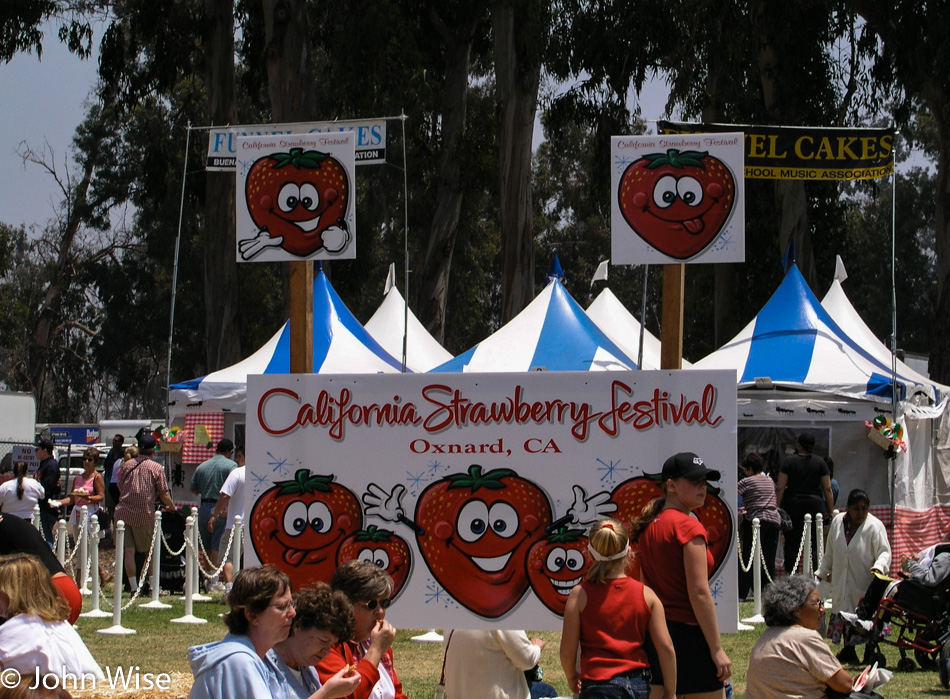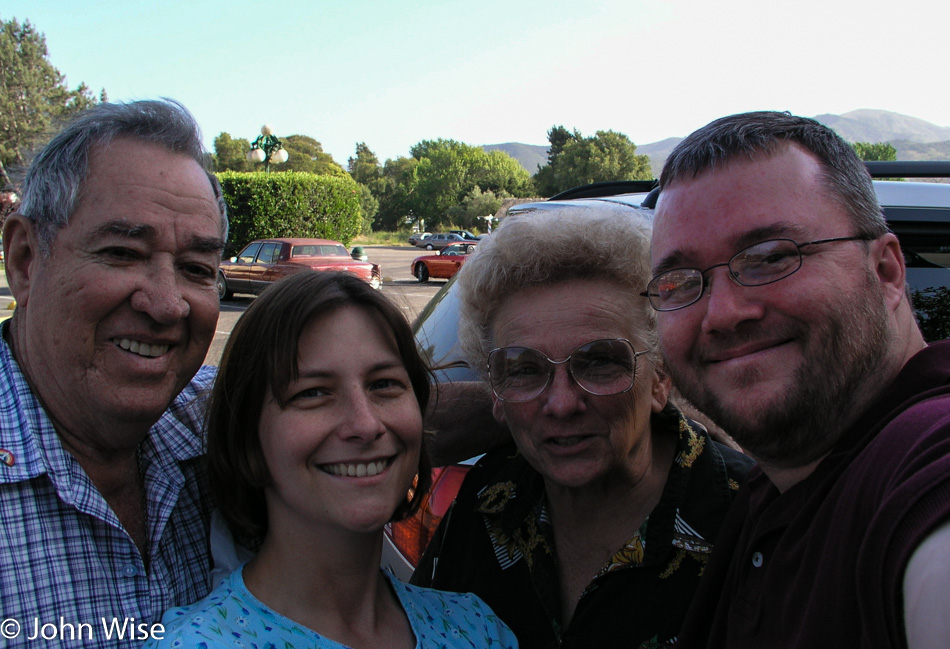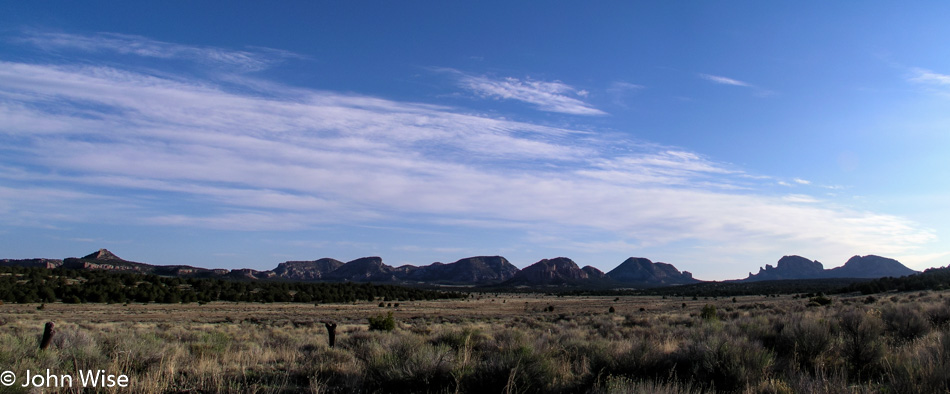
The sky is blue today….that’s a great reason to take a road trip. Okay, we don’t need a reason to venture out, and when the destination is a new one that’s not too far away, then being inspired is easy.
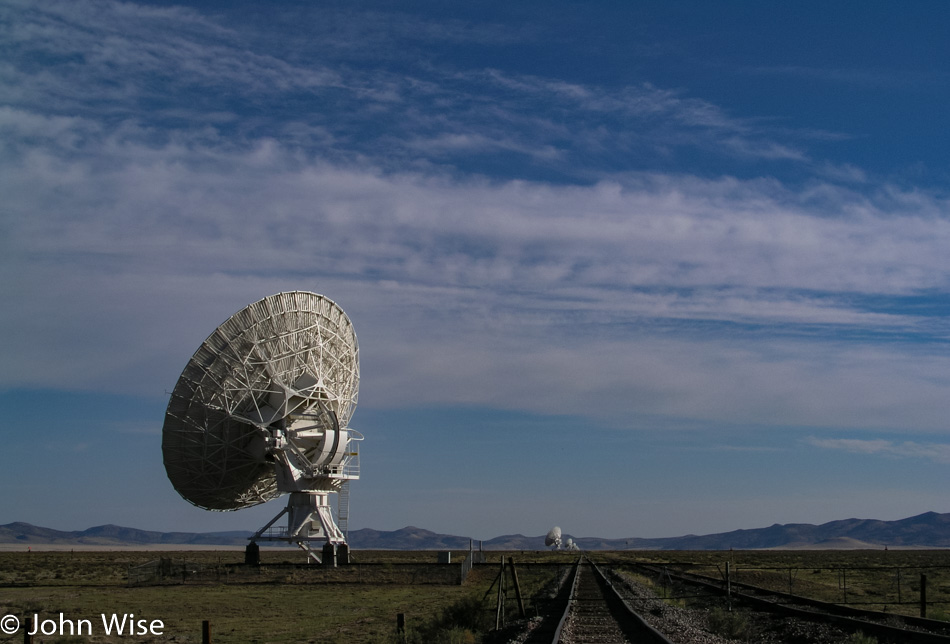
The Very Large Array in Western New Mexico is a welcome sight as it means we are nearing meal time.
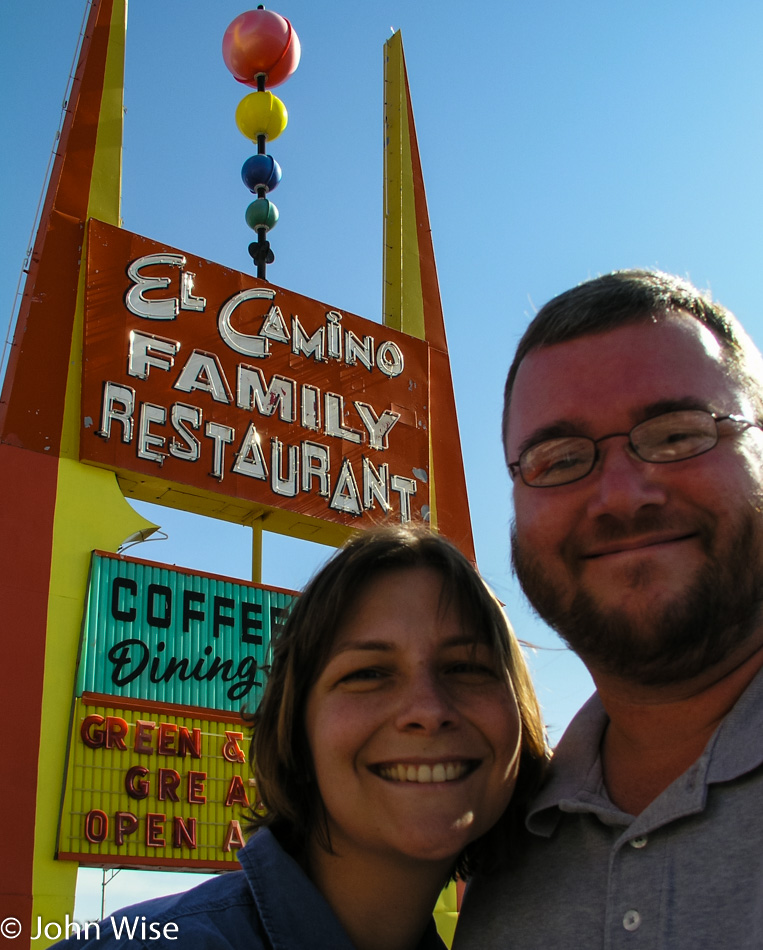
El Camino Family Restaurant in Socorro makes our hearts sing. Bring on the green chile; we are back!
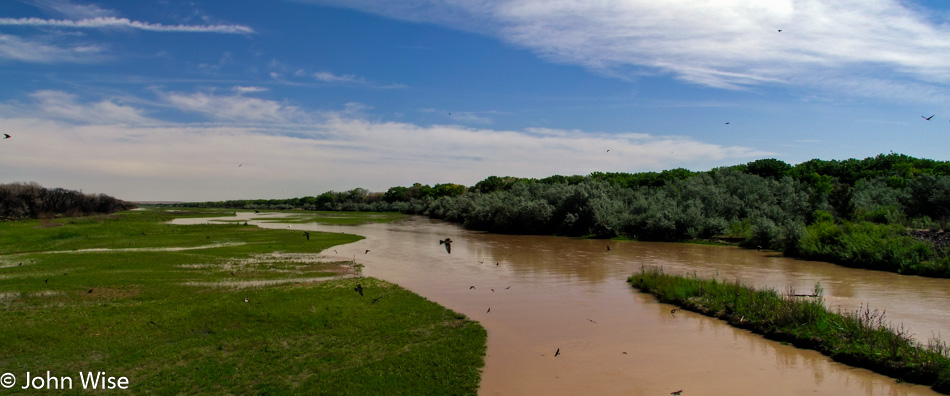
Recent rains make for muddy waters on the Rio Grande, and in the days before summer at the end of spring, things are beautifully green. We are heading northeast, in case you were wondering. Lunch was not today’s sole destination.
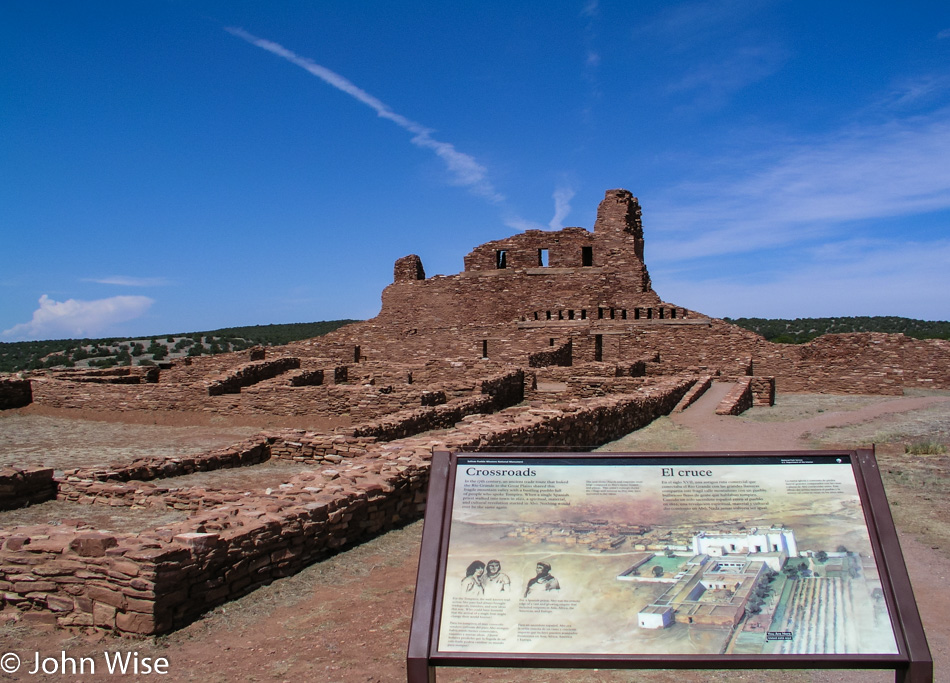
The Salinas Pueblo Missions National Monument and its three ruins are today’s mission, sorry, not sorry about the pun. This particular ruin is the Abó Mission, which was constructed in 1623, more than 40 years after the Spanish arrived at the pueblo in 1581. Again, we see the settlement of non-British people on Native American lands here 26 years before Jamestown, Virginia, and 39 years before the Pilgrims landed at Plymouth, Massachusetts, but to listen to American history, our ancestors were from the 13 colonies.
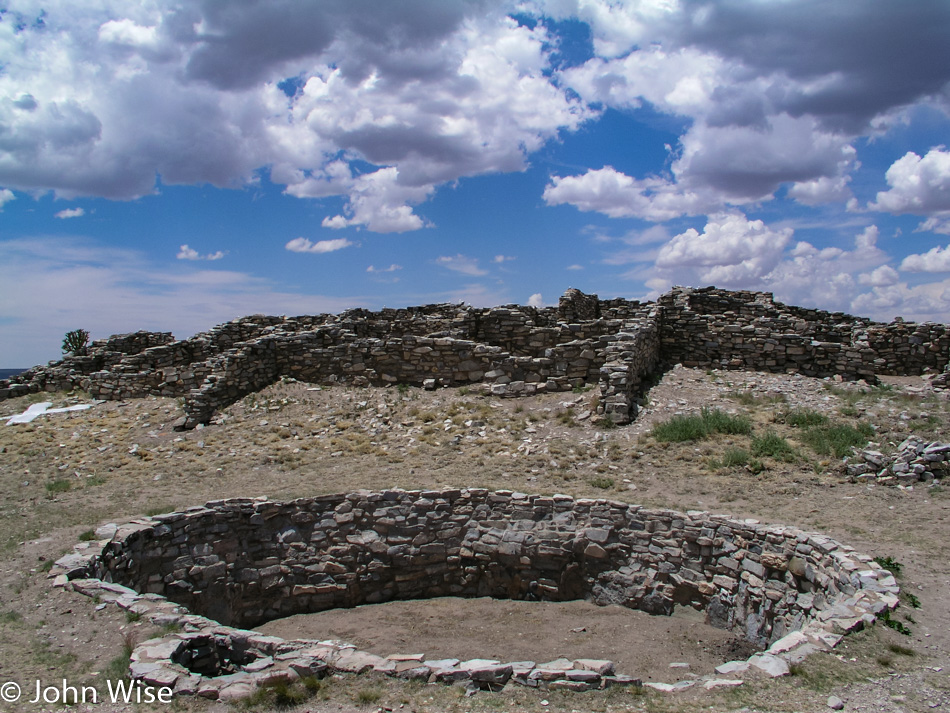
Nearby Gran Quivira is the next Pueblo mission ruin we are visiting. It’s interesting that the religious order of the day back then allowed the kivas to coexist with the churches, as tolerance hasn’t always been Christianity’s strong suit.
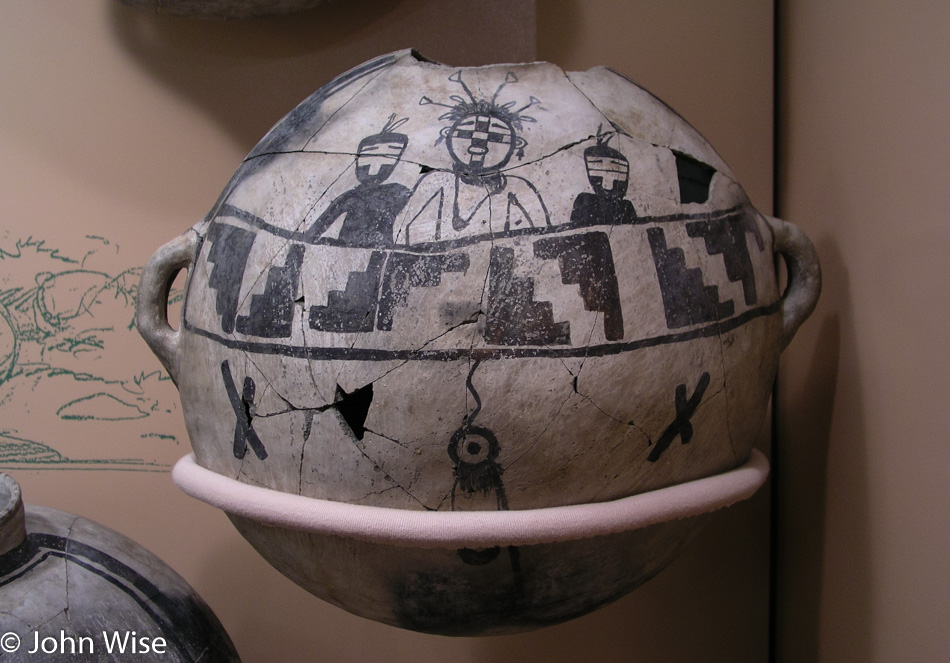
We never lack enthusiasm for the beautiful artwork we get to witness. I’d imagine the majority of works never made it to modernity, but those who have demonstrated a knack for visual storytelling should be appropriately respected.
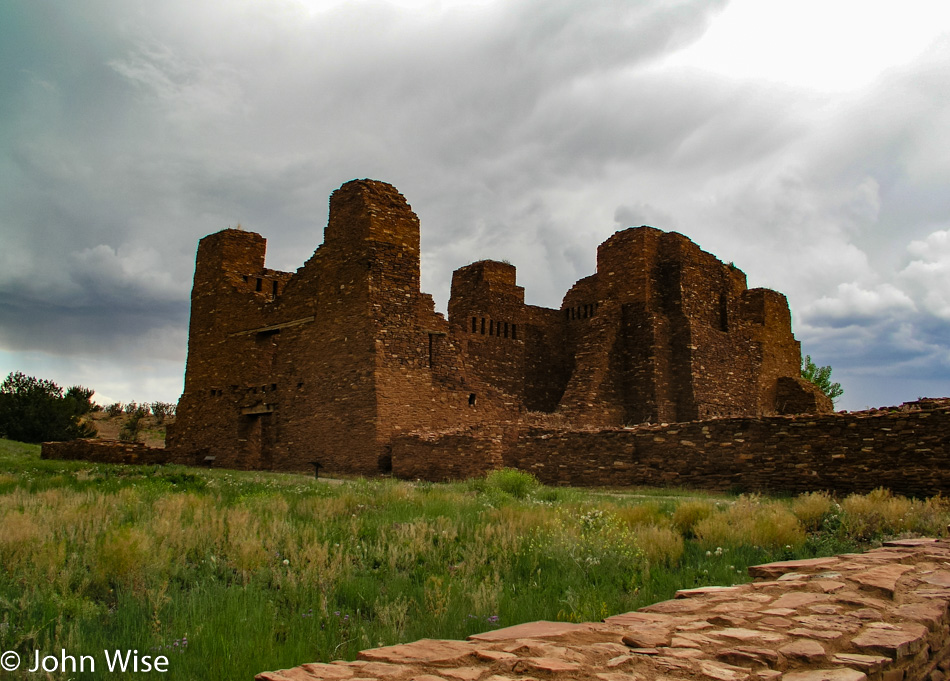
Quarai Mission Ruins are the last of the mission complexes we’ll visit today that are part of Salinas Pueblo Missions National Monument, but that doesn’t mean there won’t be another historic monument.
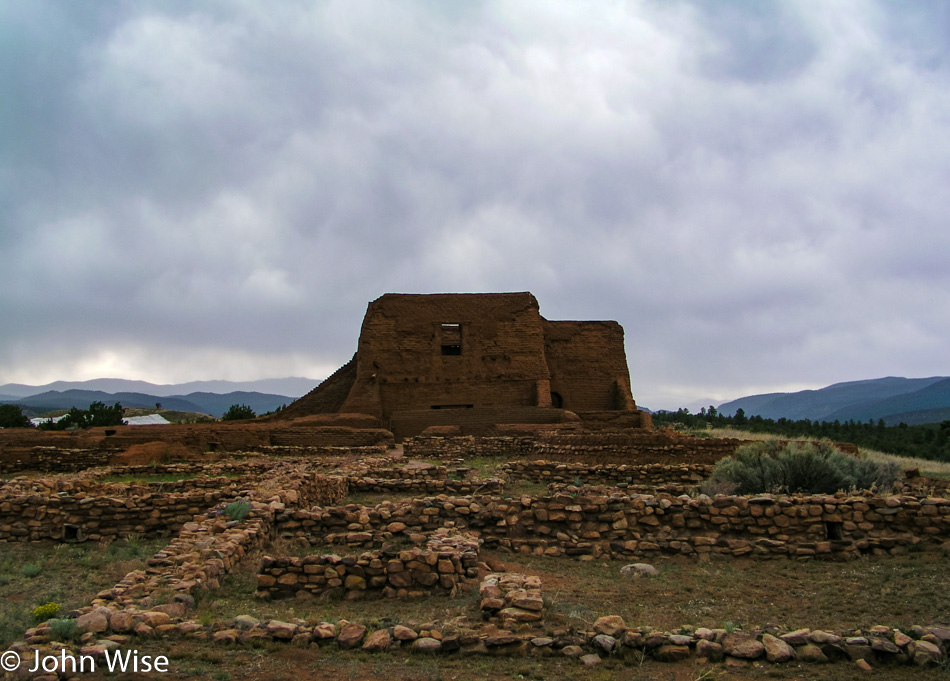
Seems we have enough time left in the day to pay a visit to Pecos National Historical Park. The complex that makes up the Pecos Pueblo was occupied starting approximately 1100 AD and, in its heyday, housed about 2,000 Native Americans. Pecos had their first encounter with Francisco Vásquez de Coronado and his explorers back in 1540. It seems there’s a long history of European contact with Native Americans, except my education taught me that didn’t start until Thanksgiving.
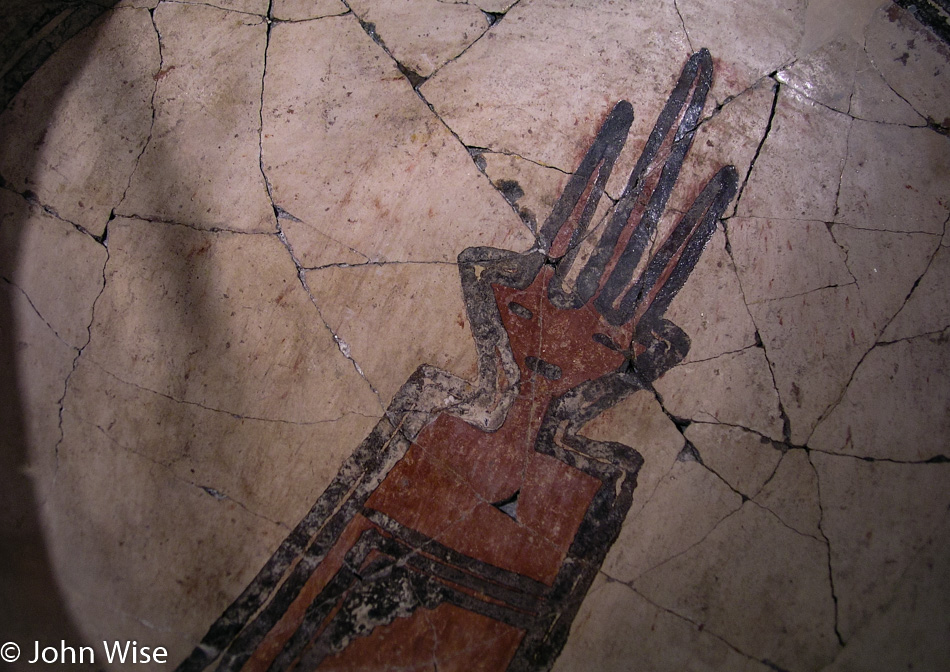
More art that suggests to me that the people who lived here had a chill life because as they were painting this stuff, my ancestors were painting images of plague, crucifixion, and conquest.
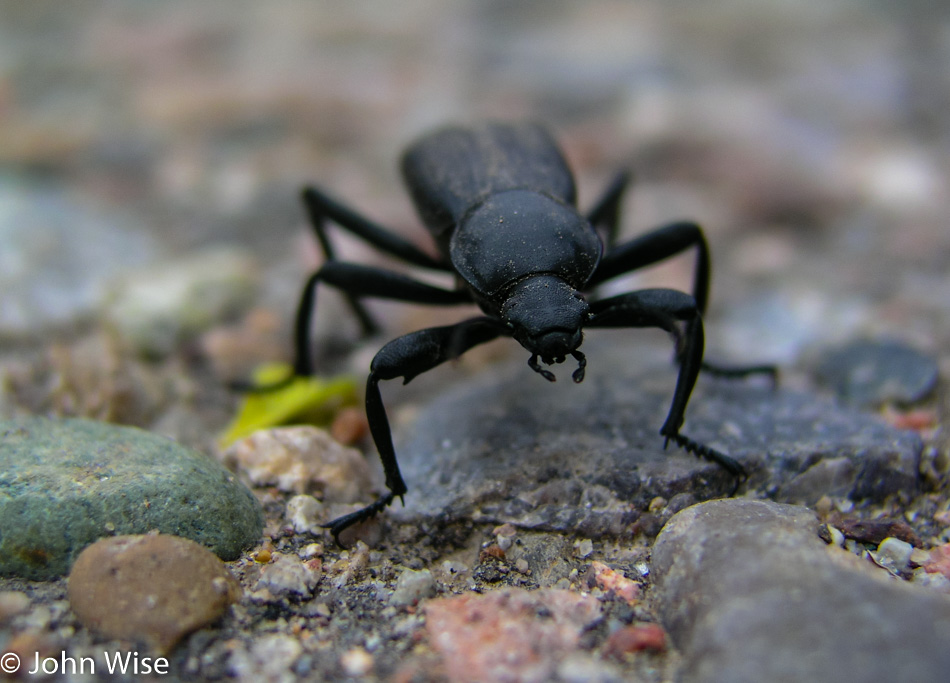
The humble beetle never set out for conquest, conceded no land, nor deprived anyone of freedom. It just goes about its existence, producing generation after generation of free-roaming descendants that pay no rent and exact no toll. Long live the beetle.
